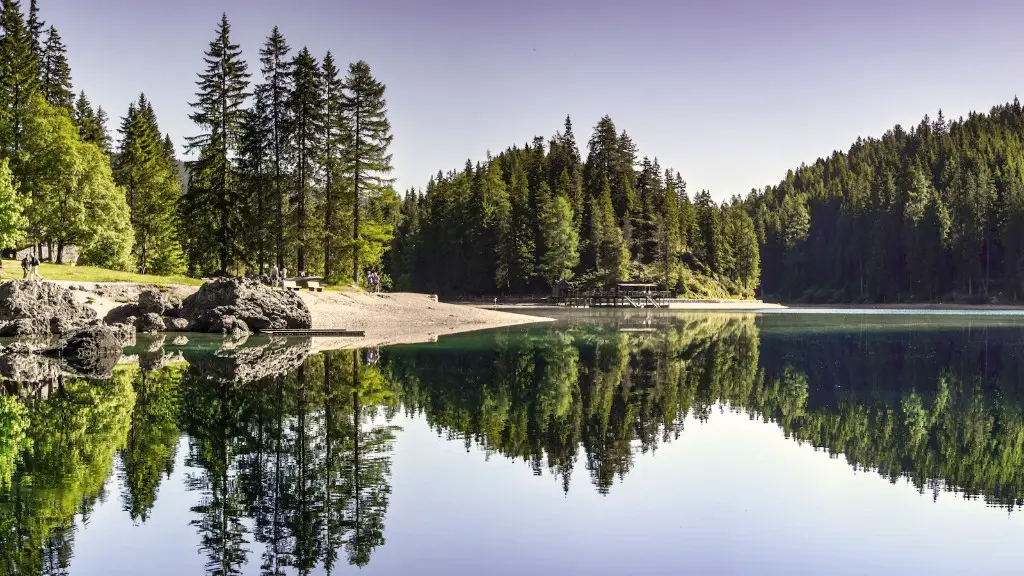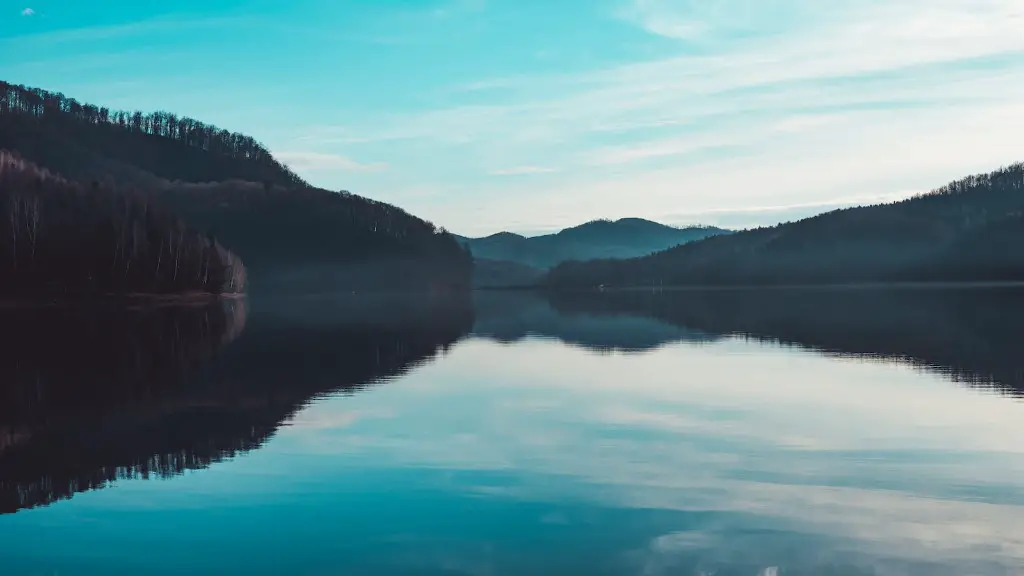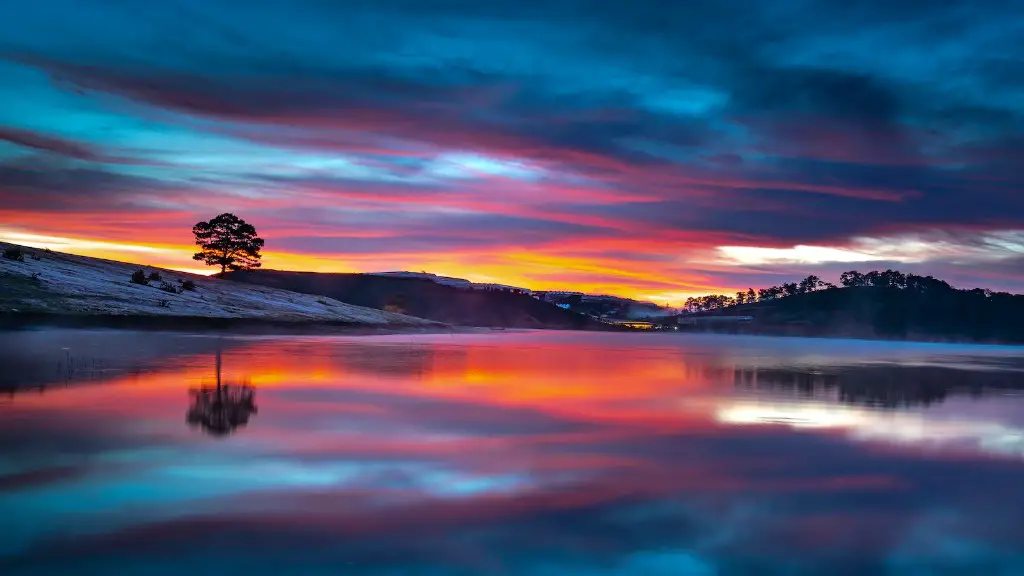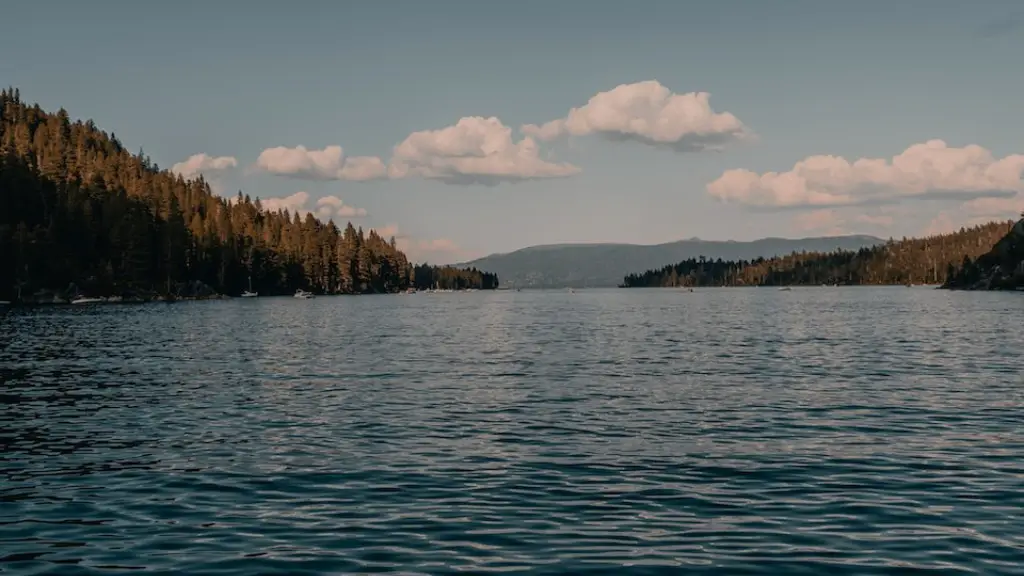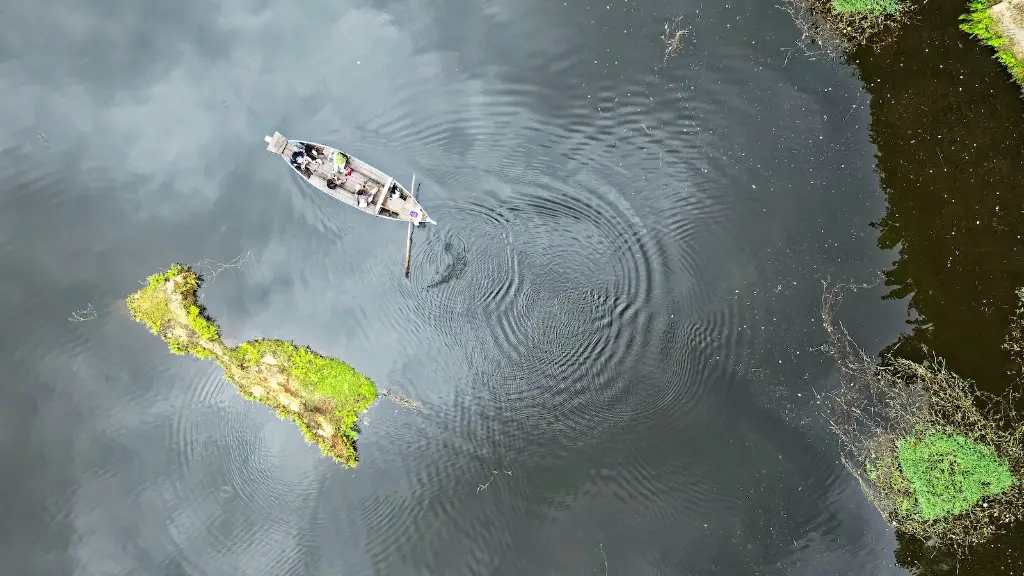How Many Miles To Drive Around Lake Superior
Overview
Lake Superior is the largest freshwater lake in the world, covering more than 31,700 square miles, and is known for its scenic beauty and rugged shorelines. The lake’s perimeter is approximately 2,000 miles, and driving the entire circumference of the lake can be a great adventure, offering stunning vistas and historical sites along the way. Embarking on a road trip around Lake Superior will offer travelers unique experiences, such as a breathtaking views of the lake’s many islands, plus a chance to visit a few of its charming towns. However, such an undertaking requires a good bit of planning and preparation, so here are a few tips on how to make the most of this wonderful journey.
Preparing for the Journey
The first step in planning the perfect excursion around Lake Superior is to figure out the route. Depending on the starting point and the amount of time available, the route can vary significantly. It’s possible to drive around the lake in as few as four days, although it may also be feasible to spent two weeks touring its quaint villages and remote areas. The route around Lake Superior usually follows the shoreline of the lake, however, some deviations may occur, so it’s important to check the route in advance.
Marking out rest stops, places to fuel up and attractions along the way can also help make the most of this road trip. Although mostly free of congestion, rural roads may require extra time and long hours, so it’s important to schedule leisure time accordingly. Make sure to schedule lunch or dinner stops, as well as opportunities to stroll along the peaceful Lake Superior shoreline.
Finally, it’s important to make sure the vehicle is in top condition before setting out. Since the roads around the lake can be rocky depending on the weather, it’s important to make sure the car is up to scratch, as well as to plan for any emergencies. Performing a thorough check of the car before leaving will make sure that any problems are quickly taken care of.
The Route
Once the preparations are taken care of, the next step is to decide on the route. In general, it takes around 2,000 miles to complete a full loop around the lake, however, this will depend on the starting point, as well as the possible detours. The most common route takes travelers along state and federal highway signs, however, there are a number of scenic back roads to explore, especially in the national parks of the lake.
When planning the route, be sure to make note of the road conditions; driving on gravel roads will take more time and consume additional fuel. Also, to give an opportunity to soak in the picturesque beauty of the lake, make sure to factor in the travel time between destination points—failing to do so may result in an overly tight schedule.
To save time, driving distances can also be calculated in advance: the distance from Thunder Bay in Ontario, Canada, to Duluth, Minnesota, is approximately 500 miles, while traveling from Sault Ste. Marie, Ontario, to Grand Portage, Minnesota, may take two days and covers a distance of roughly 400 miles.
Highlights
The God’s River Trail, located in Manitoba, Canada, is one of the most popular and scenic routes in the area. The route hugs the pristine Lake Superior coastline and leads travelers to the forested interior of the province. In this area, one can experience some of the best wilderness camping in Canada, complete with rivers and lakes, perfect for swimming or fly-fishing. Along the way, travelers can expect to see abandoned mines, traditional First Nations settlements, as well as numerous points of interest, including Red Rock Falls and the sacred mooning island.
The region surrounding Lake Superior is also home to two national parks—Pukaskwa and Isle Royale. These protected areas are both home to spectacular wildlife and stunning scenery. In Pukaskwa, visitors can expect to see plenty of wildlife, including moose and white tailed deer, and can take spectacular hikes along the historic Loon River, which is considered a national historic site.
Epic Road Trip
Completing the loop around Lake Superior is an unforgettable experience and can be quite a rewarding experience. From the bustling cities of Thunder Bay and Duluth to the sparsely populated towns located along the banks of the lake, such a road trip will offer passengers plenty of chances to explore the beauty of the region. With breathtaking landscapes and plenty of activities, the journey around Lake Superior will surely be an unforgettable one.
The Towns
As with any road trip, one of the best parts is attending to the many stops on the journey, often stopping at quaint towns and sites of interest. Along the trip, travelers will likely come across places such as Grand Marais, Minnesota, a small fishing town overlooking the lake. While there, visitors can explore the glass sand beaches on Grand Marias Island, kayak in the lake’s crystal waters and take in a nearby lighthouse. Visitors will also have the chance to explore the town’s bohemian shops, delve into the local historical sites, and sample freshly caught seafood.
To the north of Grand Marais is Sault Ste. Marie, a city with a vibrant waterfront, bustling art scene, and a laid-back atmosphere. Originally settled by First Nations people in the mid-1600s, it is now known as an outdoor enthusiast’s paradise with adventure opportunities such as whitewater rafting, mountain biking, and even snowmobiling on the lake in winter.
Continuing south, travelers will come across the city of Marquette, located near the Keewenaw Peninsula. Home to a bustling marina and a bustling nightlife, Marquette is an ideal travel destination. Visitors can enjoy the amazing sights at the Marquette Harbor Lighthouse, marvel at the picturesque sand bluffs and white sand beaches, and take in the stunning views of the lake.
Canada Side
When traveling around the Canadian portion of the lake, make sure to explore some of the cultural towns located near the banks of Lake Superior. The city of Thunder Bay is the third-largest city in the region and is renowned for its lively music scene, vibrant waterfront and amazing views of the Sleeping Giant Mountain Range. Further south is the city of Sault Ste. Marie, a former lumbering and mining town with a range of incredible attractions, including the Agawa Rock Art Provincial Park, the Canadian Bushplane Heritage Center, and the Sault Ste. Marie Canal.
Another worthwhile stop is Manitouwadge, located on the Great Lake of Superior. Offering plenty of outdoor experiences—such as camping, fishing, and kayaking—Manitouwadge is a destination for adventurers and outdoor enthusiasts. Visitors may also explore the local provincial park and the Trail of Ouimet wetlands and watch for the local wildlife.
Travelers heading east will come to Nipigon, a small fishing town situated on the eastern shores of the lake. Outdoor activities here include kayaking, canoeing, fishing, and observing bald eagles. Nature lovers will also appreciate the nearby Nipigon Cliffs, an impressive geological formation towering more than 1,000 feet above the lake.
The Finish Line
Travelling around the entire circumference of Lake Superior is quite a feat, and those who do often feel a sense of accomplishment, having seen and experienced some of the most stunning and wild portions of the region. Upon reaching the finish line and settling back at the starting point, no doubt the memories of this epic road trip will remain and it will become the stuff of legend.
